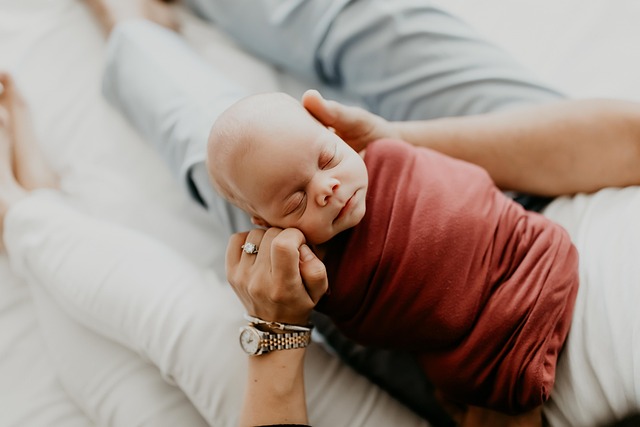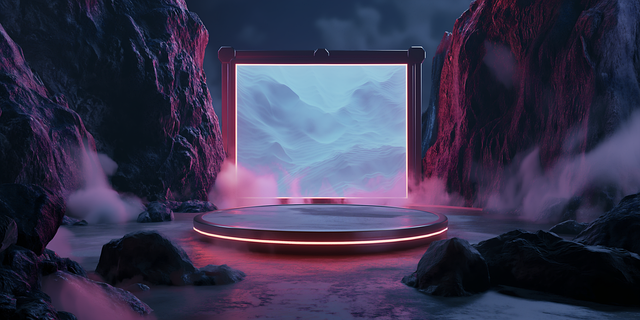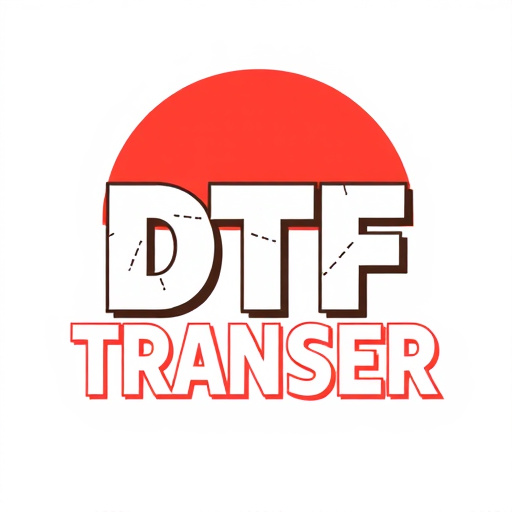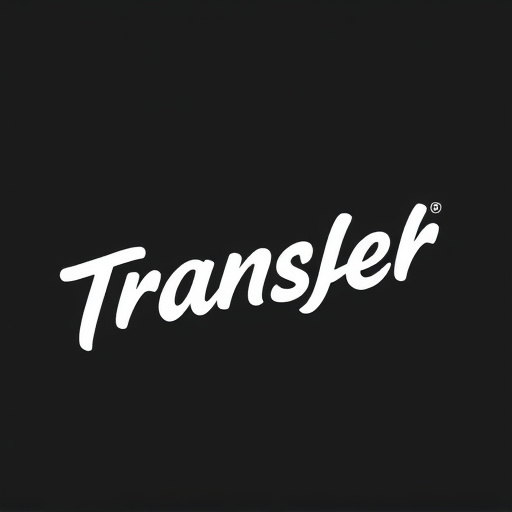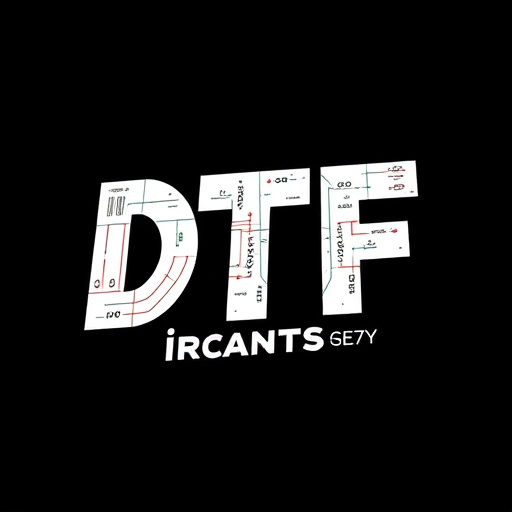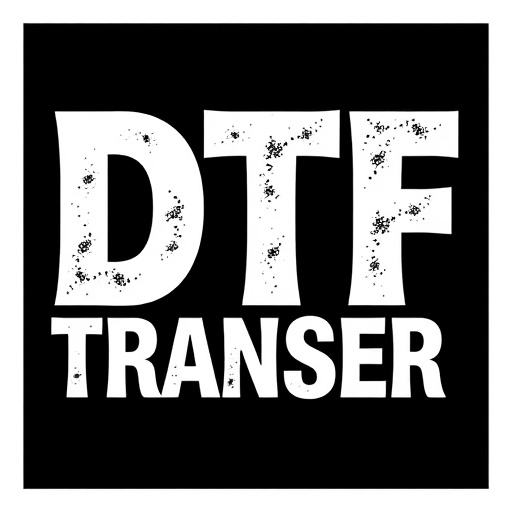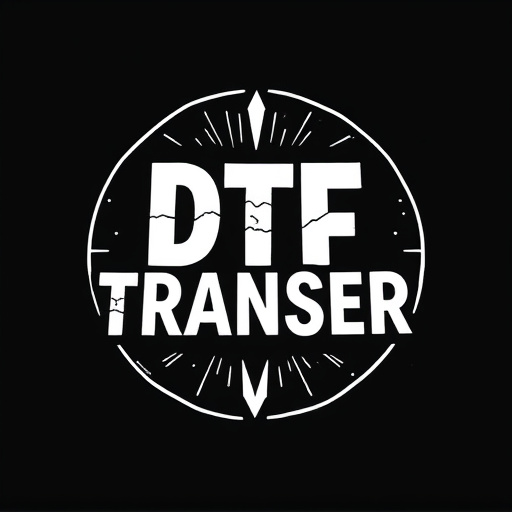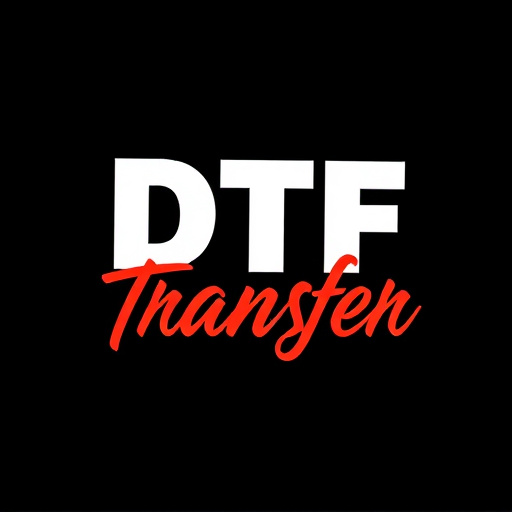DTF (Direct to Fabric) transfer and printing offer a revolutionary approach for designers and printers. This technology enables the creation of intricate patterns, vibrant colors, and durable, fast-drying prints with exceptional color accuracy. Pre-arranged designs streamline production, ensuring consistent quality for small batches or one-off projects. By optimizing design preparation, using compatible file formats, and focusing on print quality assurance, DTF printing produces high-quality results. This method caters to clients' customization needs while maintaining swift turnaround times, making it ideal for events, promotions, or personalized gifts.
“Unleash your creativity with pre-arranged designs in DTF (Direct to Fabric) printing—a game-changing approach for creating vibrant, custom prints. This comprehensive guide explores the benefits of submitting tailored designs, from enhancing print quality to streamlining the production process. Learn how to prepare and optimize your artwork, ensuring seamless transfers. Discover best practices for effective DTF printing, maintenance tips, and more. Master the art of DTF Transfer and elevate your fabric printing experience with these valuable insights.”
- Understanding DTF Transfer and Printing: A Comprehensive Overview
- Benefits of Submitting Pre-Arranged Designs for DTF Printing
- Preparing Your Design for a Seamless DTF Transfer Process
- The DTF Print Quality Assurance Checklist
- Incorporating Customization in Pre-Arrange DTF Designs
- Best Practices for Effective DTF Printing and Maintenance
Understanding DTF Transfer and Printing: A Comprehensive Overview

Understanding DTF Transfer and Printing is a fundamental step for designers and printers alike. DTF (Direct to Fabric) Transfer is a cutting-edge printing technology that revolutionizes the way we bring designs to life on various fabrics. This process involves transferring ink directly onto the fabric’s surface, enabling intricate patterns and vibrant colors that are both durable and fast drying.
DTF Printing offers a unique advantage by allowing users to submit pre-arranged designs for precise printing. With this method, designers can create custom prints with consistent quality, making it ideal for small batches or one-off projects. The pre-arrangement of designs ensures that every detail is accounted for, from color accuracy to image resolution, resulting in exceptional DTF prints that pop and captivate the audience.
Benefits of Submitting Pre-Arranged Designs for DTF Printing
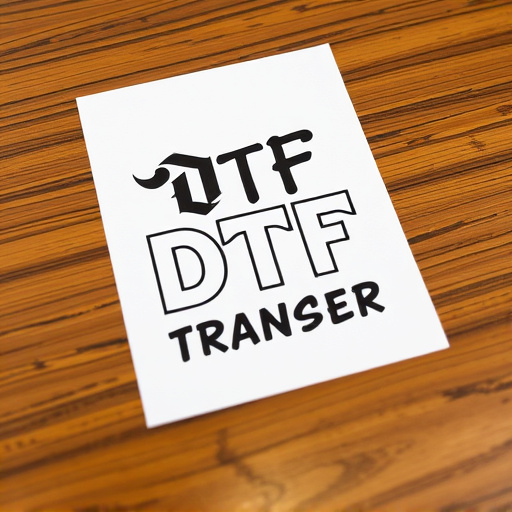
Submitting pre-arranged designs for DTF (Direct to Fabric) printing offers a multitude of advantages that streamline the production process and enhance the final product. By providing ready designs, businesses and designers can save valuable time, as there’s no need for lengthy setup or design adjustments specific to each order. This efficiency translates into faster turnaround times, allowing for quicker delivery of DTF prints to customers.
Additionally, pre-arranged designs ensure consistency in quality. With the design already optimized for DTF transfer, printers can achieve more precise and detailed results, preserving the intricate elements and vibrant colors intended by the original artist or designer. This meticulous approach not only satisfies clients seeking high-quality, consistent prints but also fosters a reliable reputation for the printing service provider.
Preparing Your Design for a Seamless DTF Transfer Process

When preparing your design for a seamless DTF (Direct to Fabric) transfer process, it’s crucial to ensure it meets specific requirements. Start by checking that your design is in a compatible file format such as SVG or PNG, with high resolution and clean lines. This ensures accurate reproduction on the fabric without pixelation or blur. Remove any unnecessary elements or textures that might complicate the printing process, focusing instead on clear, distinct images or text.
Additionally, consider the final print layout and size. Ensure your design fits within the DTF printer’s maximum dimensions and aligns correctly for the desired print orientation. Properly position and scale your design to avoid overspilling or leaving empty spaces after the transfer. These preparations will not only streamline the printing process but also guarantee high-quality, vibrant DTF prints.
The DTF Print Quality Assurance Checklist
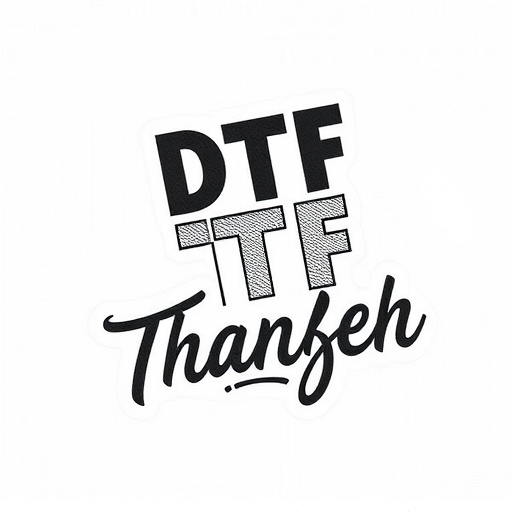
When submitting pre-arranged designs for DTF (Direct to Fabric) printing, ensuring print quality is paramount. The DTF Print Quality Assurance Checklist serves as a guide to guarantee that your designs translate seamlessly into high-quality prints on fabric. This checklist includes several critical points to consider, such as checking for color accuracy, ensuring proper resolution, and verifying the design’s alignment on the fabric.
Using the correct file format (e.g., PNG or SVG) and adhering to specific print settings recommended by your printer manufacturer are essential steps. Additionally, inspecting for any visible defects, such as pixelation or distortion, is crucial before finalizing the design. Remember that attention to detail at this stage can significantly impact the final DTF prints’ visual appeal and overall quality.
Incorporating Customization in Pre-Arrange DTF Designs
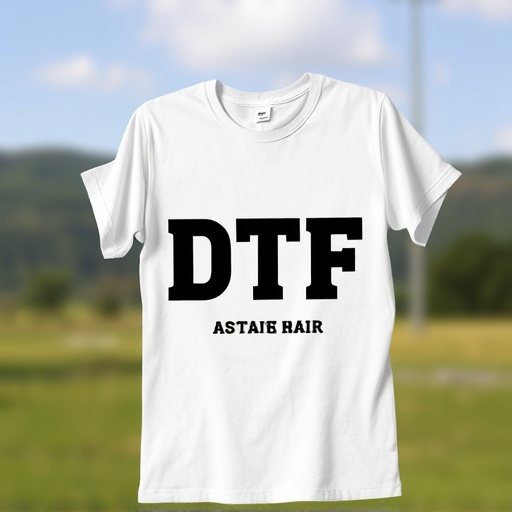
When submitting pre-arranged designs for DTF (Direct to Fabric) printing, one of the key benefits is the ability to incorporate customization while maintaining efficiency. This means that even with standardized templates, each print can be tailored to specific needs and preferences. For instance, clients can choose from a range of colors, fabrics, and even add personalized text or graphics. The pre-arranged design process allows for this flexibility without sacrificing the speed and convenience of DTF printing.
This customization doesn’t stop at the basic level. Advanced users can also play with different print patterns, layering effects, and unique finishes to create distinctive DTF prints. By combining these options, businesses or individuals can produce limited-edition pieces, custom merchandise, or personalized gifts that stand out in the market. This level of customization is particularly appealing for events, promotions, or small batches where variety and uniqueness are sought after.
Best Practices for Effective DTF Printing and Maintenance




